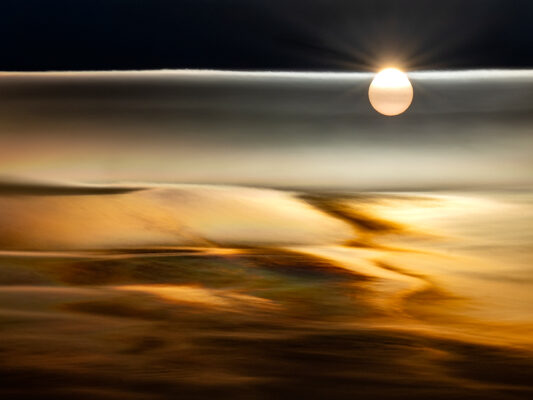Working with the Olympus M.Zuiko Digital ED 150-400mm f/4.5 TC1.25X IS PRO Lens
Wow, they did it again! With the release of the Olympus M.Zuiko Digital ED 150-400mm f/4.5 TC1.25X IS PRO Lens (That’s an abundance of vowels, numbers, and syllables!!) Olympus has once again confirmed their position as the leader in producing the absolute best, portable, and professional camera system in the world-especially for the location/travel/wildlife photographer.
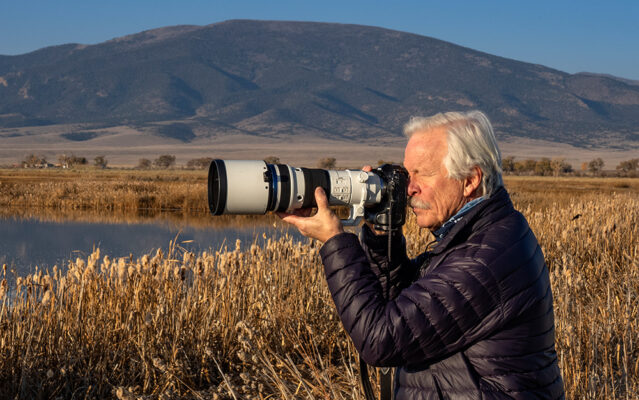
I recently spent a week with this incredible lens, I’d planned on photographing the Fall gathering of elk in Rocky Mountain National Park, but the massive fires Colorado experienced eliminated that idea. I was driving towards the Kawuneeche Valley, but realized I was heading against a constant flow of traffic leaving my intended destination. An evacuation was going on.
Making a U-turn, I headed south then east on I-70, to the Wild Animal Sanctuary in Keensburg, Colorado. A description from their website: The sanctuary specializes in rescuing and caring for large predators which are being ill-treated, for which their owners can no longer care, or which might otherwise be euthanized. It is a 501(c)(3) nonprofit organization and a state and federally licensed zoological facility.
The Sanctuary is an amazing place: large containment areas for the multitude of wildlife they have there, with an elevated boardwalk that stretches for a mile and a half.
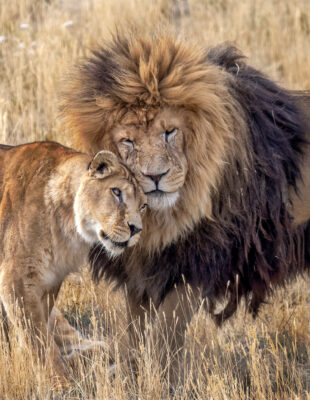
The first thing that struck me, as I walked on this extensive path, was the extreme portability of the 150-400mm lens. Years ago I’d used a different camera system, and owned a 600mm f4. A great lens, but due to its massive weight and size, necessitated at least a monopod, and in many situations, a tripod. The 150-400 has a lens collar that is also a handle with which to carry the lens (also has foot on the lens collar that fits all “Arca Swiss” type quick release plates). This collar is a great grip with which to shoot. I found that I could easily hand-hold this lens for relatively extended periods of time.
I’ll list what I think are the stellar points of this lens, which in all reality, is just about everything.
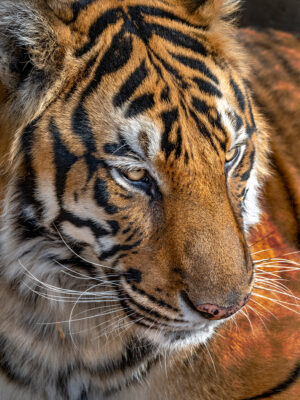
Portability:
Wildlife photography is all about moment, and the less cumbersome a piece of gear is the less it gets in the way of an instantaneous reaction. A huge selling point for this lens in the world of wildlife, I found I could react to a moment, two lions reacting to one another, that would probably have been missed if I’d needed to use a monopod …and almost certainly if using a tripod. I checked the size of this, and it fits in my ThinkTank Airport Advantage roll-aboard case. I do NOT want to check any piece of camera gear, especially something as potentially fragile as a super-telephoto, on an airlines. I’ve suffered broken equipment, and I’ve had photographer friends with horror stories about theft when checking camera gear as luggage.
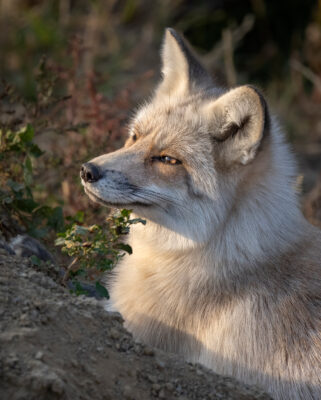
Autofocus Speed:
This is an area of great interest to those photographing wildlife, as a slow AF will most certainly lessen your chances of getting a sharp photo. Using the 150-400, I found the image would “snap” into focus, but one does have to be aware of the focusing mode as well as AF points. On birds, using C-AF+TRAF, and setting the C-AF Sensitivity to +2 (works well with birds in flight, a -2 for static birds) I find that the my E-M1X or E-M1 MkIII works well for locking into birds in flight. One may need to “pump” (keep pressing and re-pressing the shutter button) the AF while tracking to re-establish focus. This is an old trick I learned while shooting sports, which is not entirely different from wildlife. I find a very high rate of sharp images are available if using this process.
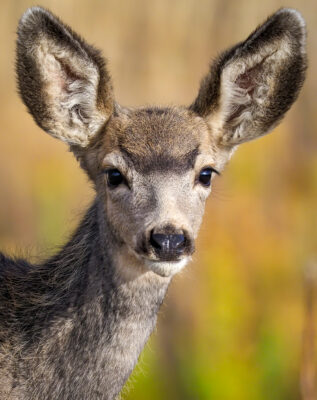
Sharpness:
This easily could have been the first feature I mentioned, as this lens is incredibly sharp. I have the images created by the 150-400 to have that same sharpness as a prime lens, even approaching the Olympus 300mm f4, and that is a major statement. This lens creates a beautiful bokeh (the out-of-focus look, or nature, of a lens) However, as with any fast long lens, be aware that at times you may want to stop the lens down to get a little more depth of field (DOF)
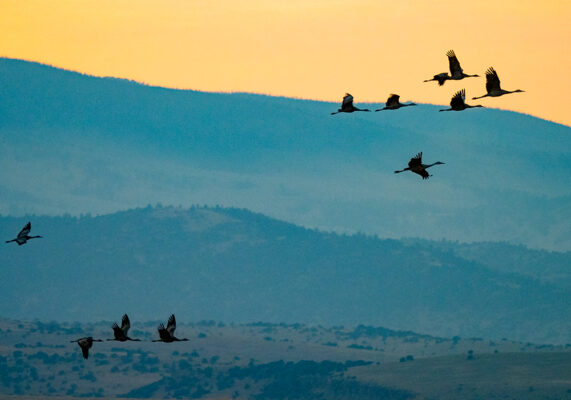
Built-in 1.4 teleconverter:
An incredibly usable feature. The f4.5 aperture is constant throughout the 150-400mm range, providing a very fast aperture for the range of zoom. If wanting that extra “oomph” of reach, you can move the teleconverter lever (placed near your right hand when shooting) down and obtain that extra reach. The beauty of a 1.25 teleconverter is the light loss is 1 stop. Not a third, not 1.4 stops, but a logical one-stop, so when quick calculations are being made while shooting as to how one prefers the aperture, it’s simple, one stop.
I also tried the lens with my Olympus MC-20 2x teleconverter, so when everything was to the max, I was shooting with an equivalent 2000mm lens-handheld-see the photo of the Sand Hill Cranes in flight.
Another benefit to this built-in teleconverter, especially for the wildlife photographer, one eliminates dust due to changing optics in field
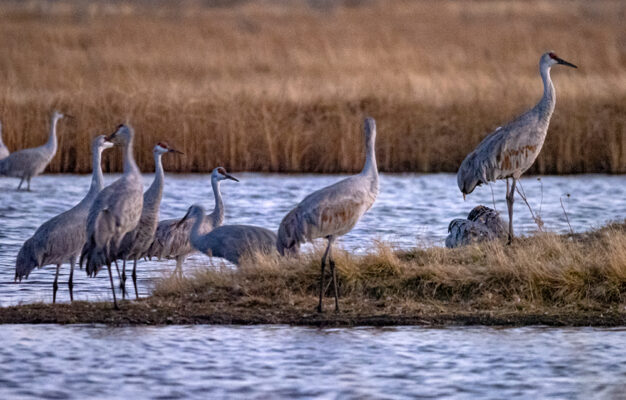
IBIS and the 150-400:
Olympus’ Internal Body Image Stabilization (IBIS) really works wonders. Used in symphony with lens and body, the damping effect is incredible. First time I used it, I was photographing a wildebeest migration in the Serengeti, shooting with the Olympus 300mm f4 with the MC-14, 1.4 teleconverter. I lifted the camera to my eye, expecting wonderful things with the IBIS…and was pretty disappointed when I saw no difference in stabilization. I then realized I’d not turned on the lens stabilization switch. I did so, looked back through the viewfinder at an empty area of grasslands where wildebeest were heading, and thought the camera was frozen as nothing was moving in the quiet scene..then a group of wildebeest entered from stage right, and I realized that the camera/lens combo was completely steady…amazing when I realized I was holding the 840mm Full Frame equivalent image, with only elbows resting on the side of the safari vehicle.
With the 150-400, one experiences the same dramatic difference when looking through the lens with the IBIS off, then with it on. Plus, this combo allows one to shoot an unbelievable slow shutter speeds when IBIS is enabled. The photo of the 4 sand hill cranes in the foreground was shot at 1/20th of a second, hand-held, at 500mm (or a 1000mm Full Frame equivalent) at 5000 ISO.
Prime lenses offered by other manufacturers: 500 f4, 8.5 pounds and about $9,000.00, the 600 f4, similar weight to the 500, around 8.4 pounds,
The most identical zoom offering by other companies is a 180-400mm f 4, with teleconverter, nearly 8 pounds and costs a bit over $12,000.00.
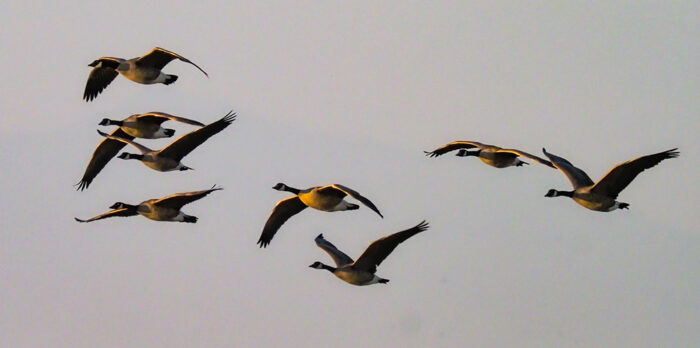
Specs:
Focal Length: The Olympus 150-400mm provides a Full Frame equivalent focal length of 300 to 800mm without the 1.25 built in tele-converter enabled, 420mm to 1020mm Full Frame equivalent with the 1.25 tele-converter enabled
Weight: 4.1 pounds (1875 grams)
Filter Size: 95mm (front) filter,
Dimensions (ø x L): 4.6” x 12.4”(115.8 x 314.3 mm), has a rotating collar ring with a built in Arca-Swiss compatible foot
Cost: $ 7,499.00
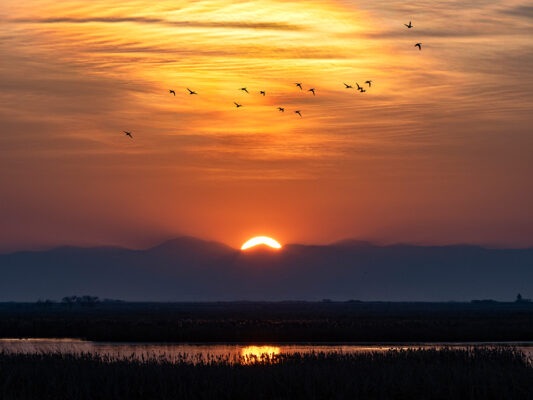
Conclusion:
I’ve been on a number of National Geographic/Lindblad Expeditions as the Photographic Expert, and watched as folks photographed from the bow of the NG Explorer or NG Orion, waiting for a Polar Bear to do something interesting, or waiting for an Orca to surface, only to have that critter’s great moment occur to sharp left or right. Trying to react quickly with a heavy, long lens is really tough, and in those same circumstances I’ve been able to swing my Olympus lens around quickly.
If you’re an Olympus/Micro Four Thirds owner, and if photographing wildlife/sports/outdoors is your world of interest, this is lens is a worthy consideration to add to your camera arsenal. Speed, portability, and real-world ease of use are a few of the highlights of this lens. Not inexpensive, but incredibly competitive in price when comparing to other lenses in this range.
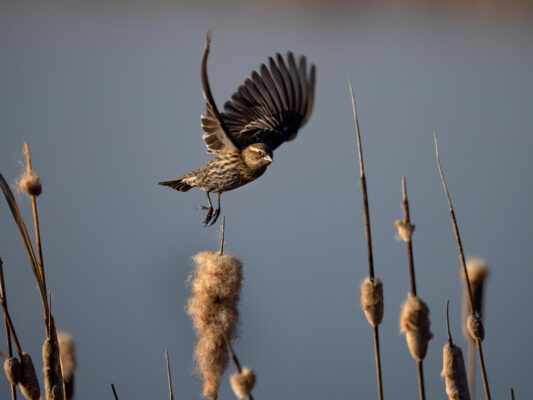
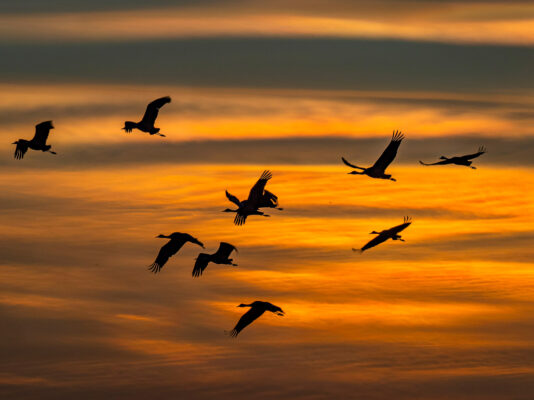
Photography is about making the image, and hopefully, the equipment gets out of the way. That’s what I love about the Olympus system, it’s built around the idea of making the process of photography easier and more intuitive by creating that smaller and ergonomically beneficial gear.
